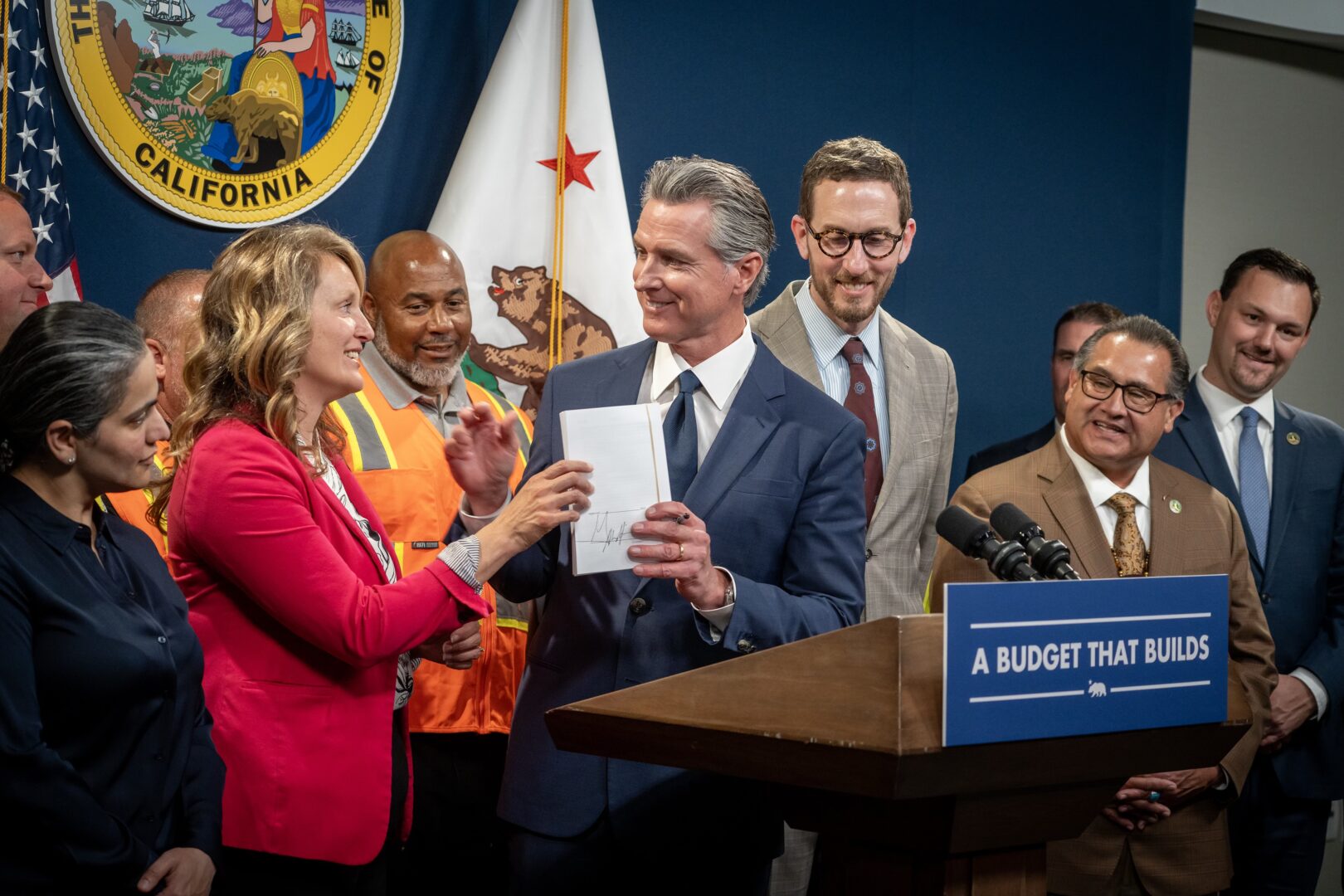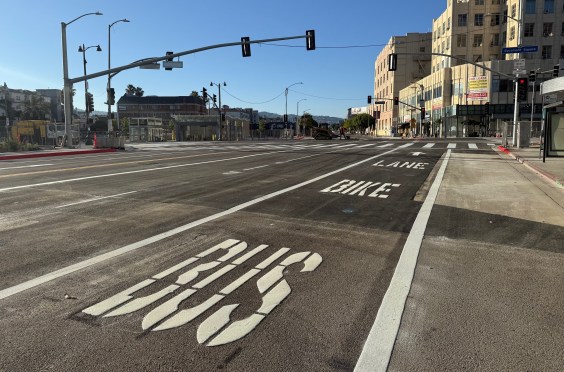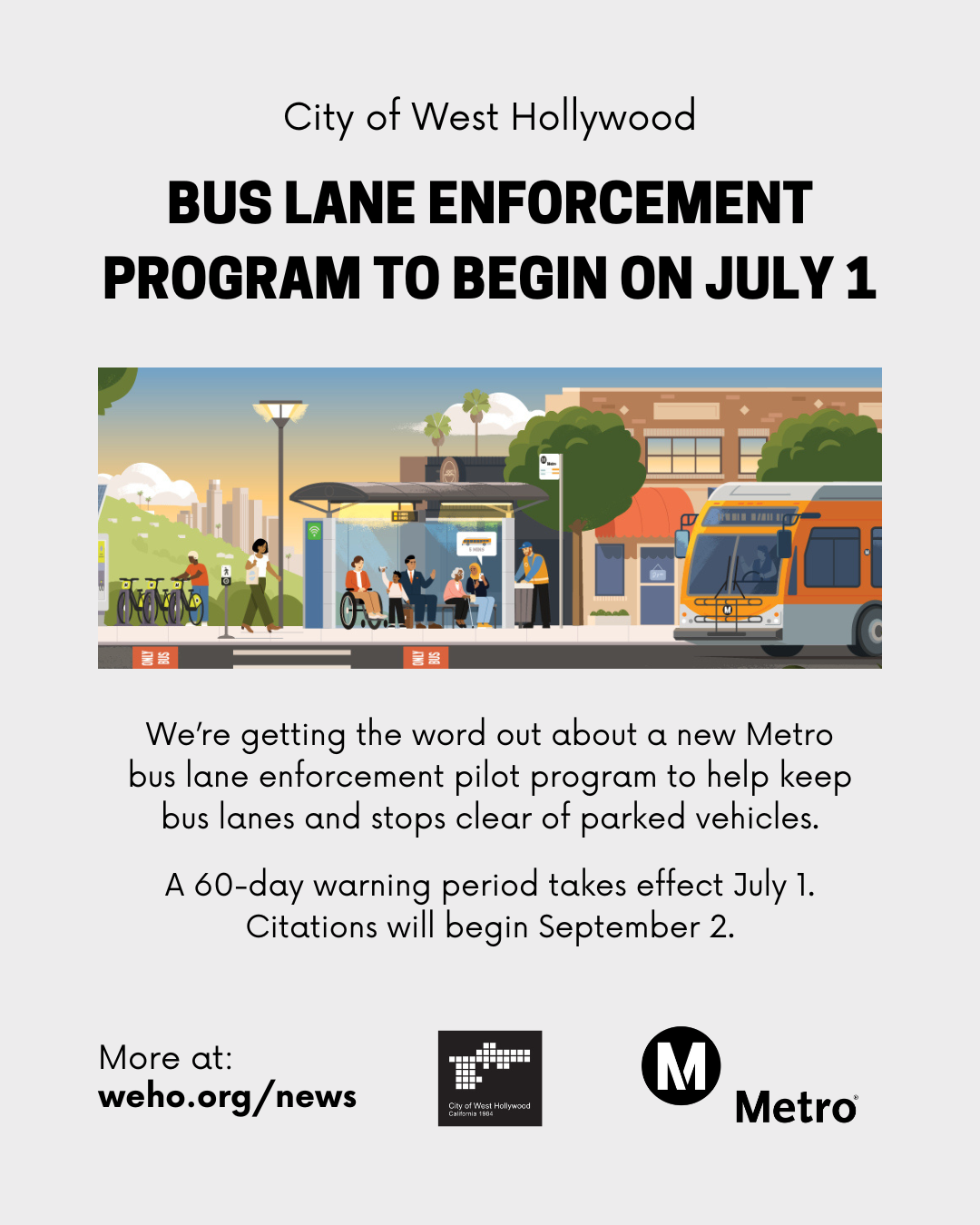Do you feel extra safe out walking this month? Did you know that September is California Pedestrian Safety Month? That's the month when the California Office of Traffic Safety trots out their reheated ineffective pedestrian-blaming "Pedestrians don't have armor" campaign.
The OTS "quiet battle" video accompanies the campaign:
Near the end of the video, a traffic signal turns, flashes the walk sign, and a pedestrian steps into a crosswalk. A car, that has clearly run a red light, comes within inches of killing the pedestrian. Somehow, in OTS' ridiculous topsy-turvy campaign the lesson from the incident is a focus on the fault of the law-abiding pedestrian, and not the scofflaw driver.
The OTS campaign website states:
Most people think that car drivers are usually at fault in pedestrian crashes, but the crash reports show that pedestrian mistakes account for nearly as many crashes as do drivers.
The way the sentence is written, it sounds as if OTS is trying to bust a myth that "most people think" but is not true. But even from OTS' crash report assertion "pedestrian mistakes account for nearly as many crashes as do drivers," then it logically follows that car drivers ARE usually at fault in pedestrian crashes. What most people think is actually right: the drivers are the biggest problem in drivers crashing into pedestrians.
Further, OTS is making a false equivalence between walking and driving. The activity of walking is harmless. It requires no special training, no expertise. Kids do it. The activity of driving is operating a potentially-deadly piece of heavy equipment. It requires a state-mandated license to ensure that drivers accept responsibility.
Streetsblog reader Allon Percus (whose email formed the basis of this article) compares the OTS statement to similarly ridiculous victim-blaming statements:
Most people think that burglars are usually at fault in home break-ins, but the police reports show that homeowner mistakes (such as leaving windows or doors open) account for nearly as many burglaries as do burglars.
Most people think that aggressors are usually at fault in sexual assaults, but the incident reports show that survivor mistakes (such as inebriation or unintended signals) account for nearly as many sexual assaults as do aggressors.
The OTS website further blames pedestrian behavior, admonishing faulty pedestrians by repeating tired advice including "wear bright colored clothes and carry a flashlight if you are walking at night" and "look left-right-left before crossing a street."
The problem is real. According to the National Highway Traffic Safety Administration, in the United States, on average, drivers kill a pedestrian every two hours and injure a pedestrian every seven minutes.
Should pedestrians understand these dangers and be aware of their surroundings? Of course.
Should public agencies waste time and money scolding pedestrians? No.
OTS' crappy campaign equates driver and pedestrian fault. This does nothing to solve the traffic violence happening every day. If anything, the campaign merely fans the flames of driver attitudes that victims "had it coming."
What has been shown to be effective? Hint: it is not quite as cheap as a tone-deaf PR campaign. Public agencies need to re-design streets, engineering them to be safer. Mostly this means slowing drivers down to prevent them from killing pedestrians. This is not easy. It goes against the grain of most California transportation engineering for the past century. But it does work. Streetsblog USA reports that the Washington D.C. region has successfully reduced pedestrian deaths, thanks to smart, targeted engineering solutions, including sidewalk extensions and road diets that calm traffic and narrow crossing distances.






